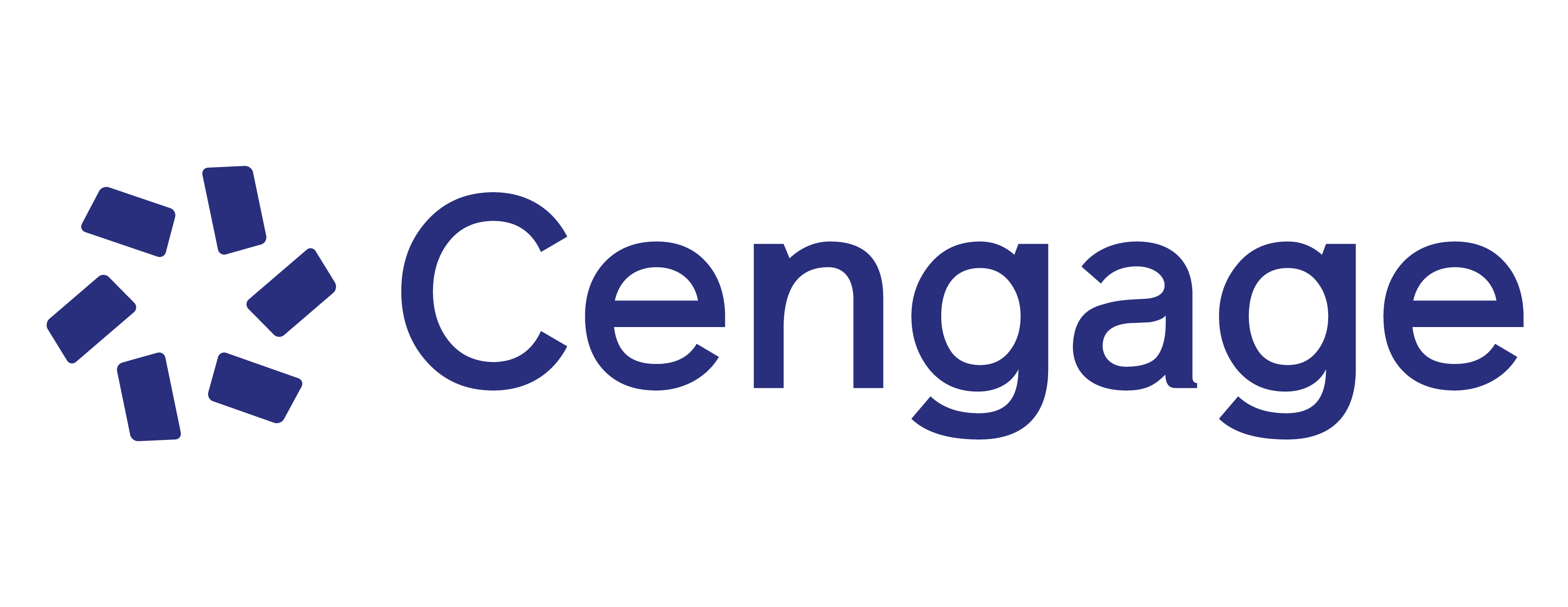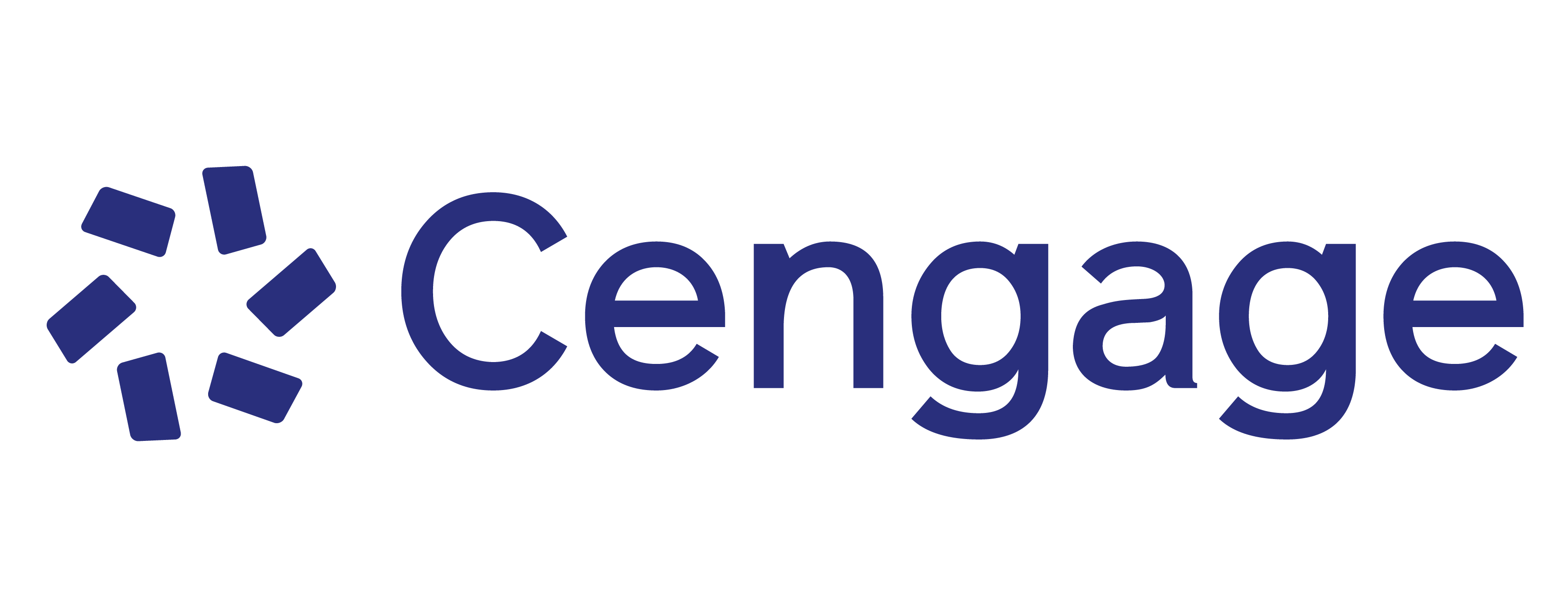THE HUMAN RECORD is a leading primary source reader for world history, providing balanced coverage of the global past. Each volume contains a blend of visual and textual sources that are often paired or grouped together for comparison, as in the Multiple Voices feature. A prologue entitled “Primary Sources and How to Read Them” serves as a tool that helps you approach, and get the most from, each document. Approximately one-third of the sources in the Eighth Edition are new, and these documents continue to reflect the myriad experiences of the peoples of the world.
VOLUME II: Since 1500.
Prologue: Primary Sources and How to Read Them.
Part I: AN ERA OF CHANGE AND INCREASED GLOBAL INTERACTION: THE FIFTEENTH THROUGH SEVENTEENTH CENTURIES.
1. Europe in an Age of Conflict and Expansion.
2. The Islamic Heartland and India.
3. Africa and the Americas.
4. Continuity and Change in East and Southeast Asia.
Part II: A WORLD IN TRANSITION, FROM THE MID-SEVENTEENTH CENTURY TO THE EARLY NINETEENTH CENTURY.
5. Europe and the Americas in an Age of Science, Economic Growth, and Revolution.
6. Africa, Southwest Asia, and India in the Seventeenth and Eighteenth Centuries.
7. Change and Continuity in East Asia.
Part III: THE WORLD IN THE AGE OF WESTERN DOMINANCE: 1800–1914.
8. The West in the Age of Industrialization and Imperialism.
9. Western Pressures, Nationalism, and Reform in Africa, Southwest Asia, and India in the 1800s.
10. East and Southeast Asia Confront the West.
Part IV: THE GLOBAL COMMUNITY AND ITS CHALLENGES IN THE TWENTIETH AND TWENTY-FIRST CENTURIES.
11. The Industrialized World in Crisis.
12. Anticolonialism, Nationalism, and Revolution in Africa, Asia, and Latin America.
13. The Global Community from the 1940s through the 1980s: The End of a European-Dominated World.
14. The World Since 1990.
-
Alfred J. Andrea
Alfred Andrea received his Ph.D. from Cornell University. He is Professor Emeritus of History at the University of Vermont, where he taught from 1967 through 2001. His initial training concentrated on medieval European history, with an emphasis on Byzantine-Western relations and the Crusades. He has since published four books on the Crusades, as well as numerous articles on a variety of historical issues. For the past thirty years, his teaching, research, and writing have focused increasingly on world history before 1600, with a particular interest in cross-cultural contacts across the Silk Road. In 2002 he was Distinguished Scholar-in-Residence at the University of Louisville, and he served as president of the World History Association (WHA) in 2010-2012. In 2014, the WHA recognized him as a Pioneer of World History.
-
James H. Overfield
James H. Overfield, Professor Emeritus at the University of Vermont, received his BA from Dension University, his MA from the University of Chicago, and his PhD from Princeton University. During his career at Vermont he received the University’s outstanding teacher award, and served many years as Department of History Chair, in which capacity he was a strong advocate for the study and teaching of global history. His publications include Humanism and Scholasticism in Late Medieval Germany (Princeton University Press, 1984), as well as numerous articles on late medieval and early modern European thought. He served as editor for three volumes (1750-1914) of the ABC-CLIO World History Encyclopedia and is author of Sources of Global History since 1900 (Cengage: 2013).
-
Updated throughout to reflect current scholarship, the Eighth Edition of this leading primary source reader for world history features a number of new visual sources and continues to ensure adequate coverage of global empires.
-
The final chapter of Volume II has been split into two chapters to allow for greater focus on the voices of women and minorities.
-
Updated throughout to reflect current scholarship, the Eighth Edition of this leading primary source reader for world history features a number of new visual sources and continues to ensure adequate coverage of global empires.
-
The final chapter of Volume II has been split into two chapters to allow for greater focus on the voices of women and minorities.
-
This number one world history reader is known for the selection of unique sources, the quality of its source introductions, the Prologue on how to read primary sources, and the Multiple Voices feature that employs the use of comparative documents.
-
The authors are well known in their field, in part through participation in the World History Association, for which Al Andrea has served on the Executive Committee.
-
A Multiple Voices feature in each part illustrates one of the following: multiple viewpoints on a common event or phenomenon, multiple sources that demonstrate changes over time, or multiple perspectives from different cultures on a common issue.
-
The prologue, “Primary Sources and How to Read Them,” outlines a process for the reading and analysis of the sources in the text.
-
Part, chapter, section, and individual source introductions help students place primary sources within a historical context.
-
Questions for Analysis precede each source and are presented in a three-tiered format that resembles a historian's approach to source analysis.
-
Each volume opens with useful topical and geographical Tables of Contents for flexible instruction.
-
A Multiple Voices feature in each part illustrates one of the following: multiple viewpoints on a common event or phenomenon, multiple sources that demonstrate changes over time, or multiple perspectives from different cultures on a common issue.
-
The prologue, “Primary Sources and How to Read Them,” outlines a process for the reading and analysis of the sources in the text.
-
Part, chapter, section, and individual source introductions help you place primary sources within a historical context.
-
Questions for Analysis precede each source and are presented in a three-tiered format that resembles a historian's approach to source analysis, helping you to build critical analysis skills.
-
This leading world history reader is known for the selection of unique sources, the quality of its source introductions, the Prologue on how to read primary sources, and the Multiple Voices feature that employs the use of comparative documents.


